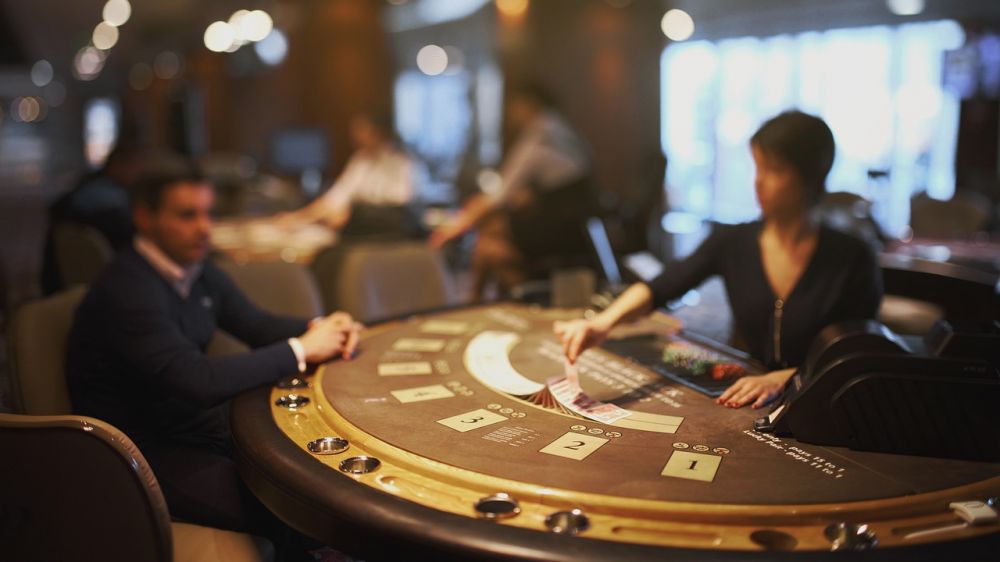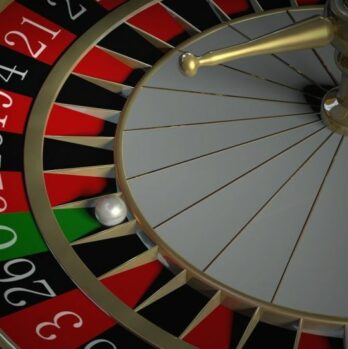Counting cards in blackjack is a popular strategy used by skilled players to gain an edge over the casino

It involves keeping track of the cards that have been dealt and using this information to make more informed bets and decisions. In this article, we will explore the world of card counting in blackjack, its historical development, and provide valuable insights for individuals interested in casino games.
Introduction to Counting Cards in Blackjack
Counting cards in blackjack is a technique that allows players to estimate the probability of certain cards being dealt, giving them an advantage in making strategic decisions. It requires a good memory, quick thinking, and the ability to perform mental calculations.
The game of blackjack involves players attempting to beat the dealer’s hand without exceeding a total of 21. By keeping track of the cards that have been played, a card counter can adjust their bets and playing strategy accordingly, increasing their chances of winning.
Card counting is not illegal, but it is frowned upon by casinos. They employ various measures, such as multiple decks, frequent shuffling, and surveillance, to deter and catch card counters. While it may be challenging to master, card counting can be a valuable skill for dedicated players.
A Historical Overview of Card Counting in Blackjack

The origin of card counting in blackjack can be traced back to the 1960s when a mathematician named Edward Thorp published his book, “Beat the Dealer.” It was the first comprehensive guide on card counting, introducing the concept to a wider audience. Thorp’s book ignited a revolution in the world of blackjack and brought card counting to the forefront.
Thorp’s system, known as the Ten Count, was relatively simple compared to modern methods. It assigned a value of +1 to low cards (2-6) and a value of -1 to high cards (10-Ace). As the count changed, players would adjust their bets accordingly, exploiting the advantage when the count was in their favor.
Over the years, card counting techniques have become more sophisticated, with players developing complex strategies and systems. Some notable advancements include the Hi-Lo system, the Zen Count, the Omega 2 system, and the Wong Halves system. Each system uses different card values and betting strategies, allowing players to choose a method that suits their style of play.
How Card Counting Works
Card counting involves mentally assigning a value to each card that is dealt. This value is then used to calculate the “running count” or the overall count of the deck. A high positive count indicates that more high-value cards remain in the deck, increasing the player’s chances of getting strong hands like blackjack.
To count cards effectively, players need to keep track of every card that is dealt during the game. This includes keeping a running count, adjusting the count based on the number of decks remaining, and converting the running count into a “true count” to determine the player’s advantage.
While card counting can improve a player’s odds, it is not a guaranteed way to win. The advantage gained from card counting is relatively small, typically ranging from 0.5% to 1.5%. Additionally, it requires a significant investment of time and effort to become proficient in card counting.
Tips for Successful Card Counting
If you are interested in trying out card counting, here are some tips to help you get started:
1. Practice, practice, practice: Card counting requires extensive practice to become proficient. There are various online resources, training programs, and apps available for practicing card counting techniques.
2. Start with a simple system: Beginners should start with a simpler counting system, such as the Hi-Lo system. This system is relatively easy to learn and can provide a solid foundation for more advanced strategies.
3. Master basic blackjack strategy: Before attempting card counting, it is essential to have a strong grasp of basic blackjack strategy. Card counting alone is not enough to be successful in the game; it must be combined with optimal playing decisions.
4. Stay under the radar: Casinos are wary of card counters and employ measures to identify and deter them. To avoid detection, it is crucial to blend in with the crowd, avoid suspicious betting patterns, and maintain a low profile.
Conclusion
Counting cards in blackjack is a fascinating strategy that can give skilled players an edge over the casino. While it is not illegal, it requires practice, dedication, and a solid understanding of the game. By accurately keeping track of the cards, players gain insight into the deck composition and can adjust their bets and playing decisions accordingly.
However, it is important to remember that card counting is not a guaranteed way to win. The advantage gained from counting cards is relatively small, and there is still a significant element of luck involved in the game. Nevertheless, for individuals who enjoy the challenge of mastering a complex strategy and are interested in maximizing their chances at the casino, card counting remains an intriguing option.











